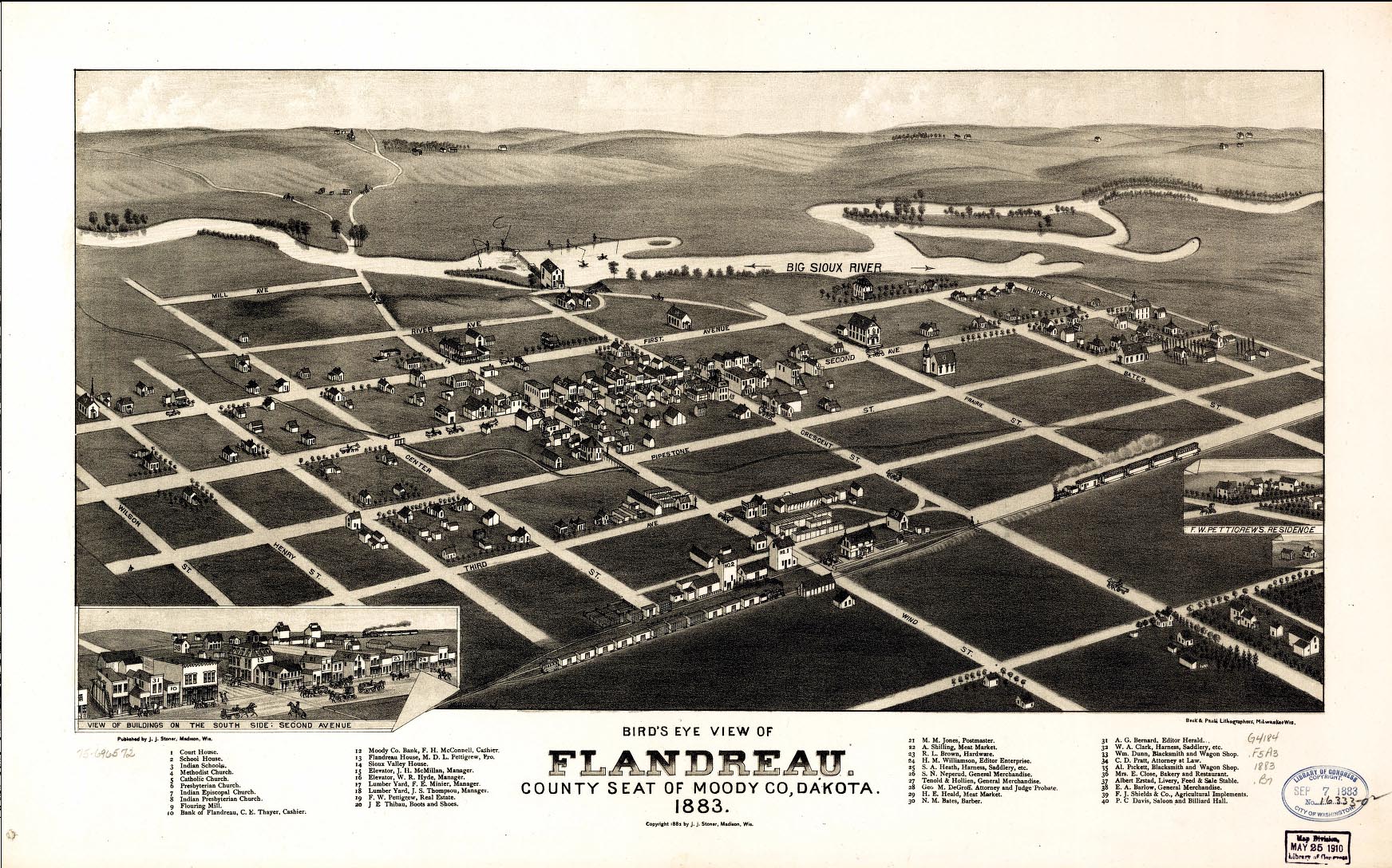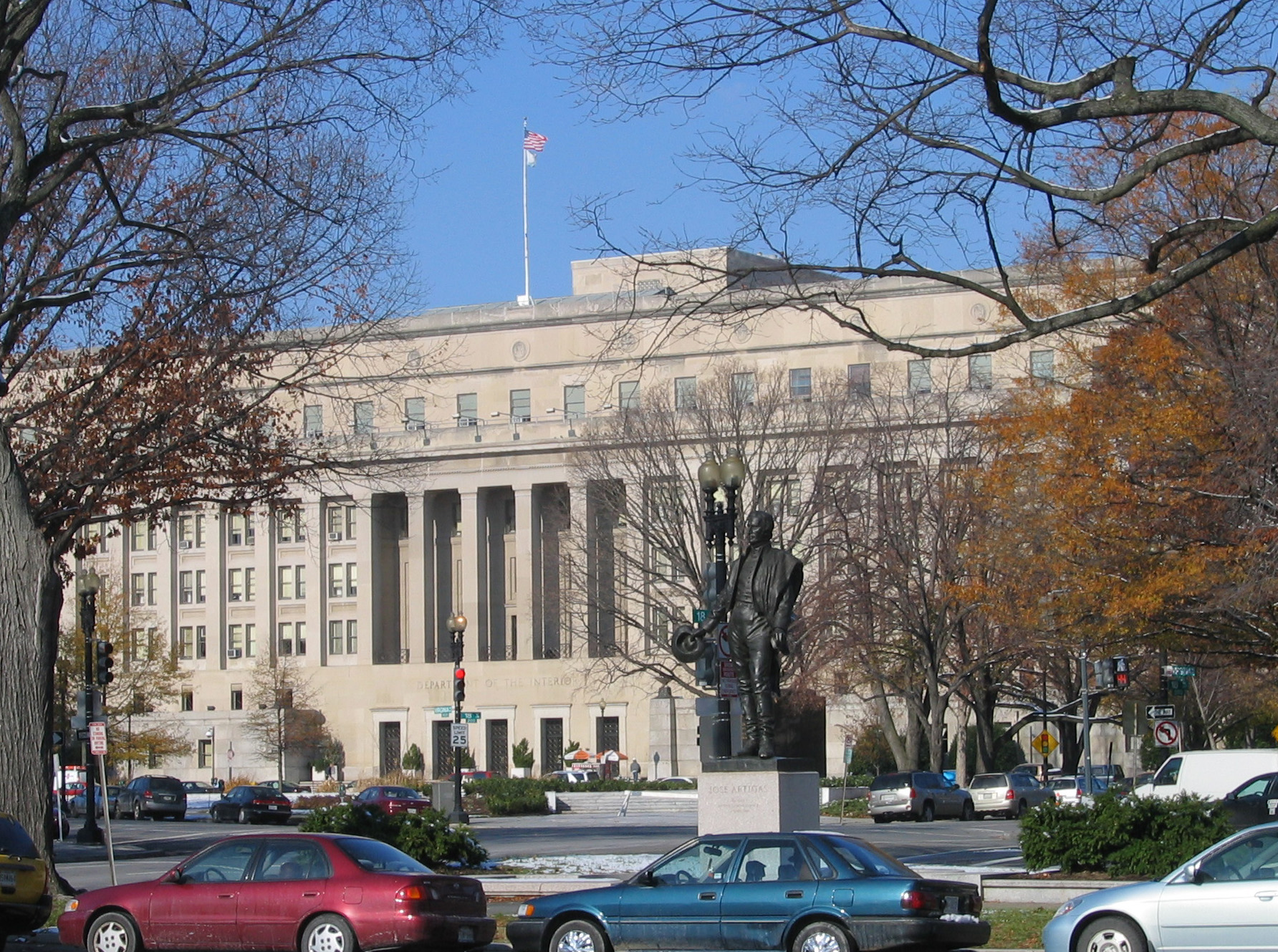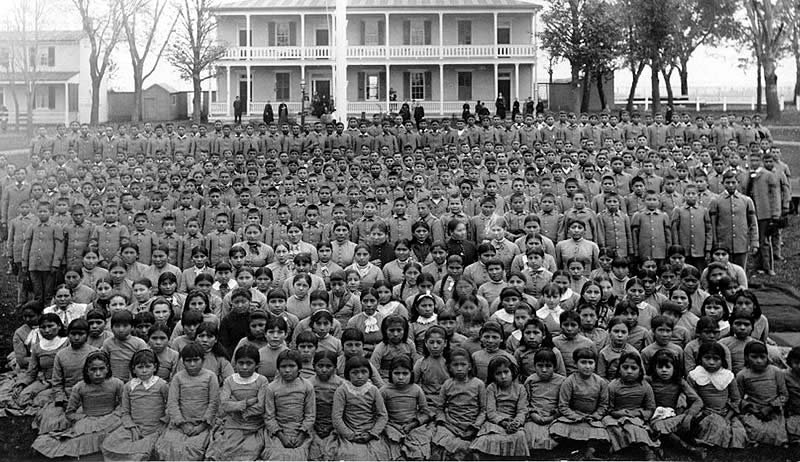|
Leonard Peltier
Leonard Peltier (born September 12, 1944) is a Native American activist and militant member of the American Indian Movement (AIM) who, following a controversial trial, was convicted of two counts of first-degree murder in the deaths of two Federal Bureau of Investigation (FBI) agents in a June 26, 1975, shooting on the Pine Ridge Indian Reservation in South Dakota. He was sentenced to two consecutive terms of life imprisonment and has been imprisoned since 1977 (currently ). In his 1999 memoir ''Prison Writings: My Life Is My Sun Dance'', Peltier admitted to participating in the shootout but said he did not kill the FBI agents. Human rights watchdogs, such as Amnesty International, and political figures including Nelson Mandela, Mother Teresa, and the 14th Dalai Lama, have campaigned for clemency for Peltier. At the time of the shootout, Peltier was an active member of the AIM, an Indigenous rights advocacy group that worked to combat the racism and police brutality experience ... [...More Info...] [...Related Items...] OR: [Wikipedia] [Google] [Baidu] |
Belcourt, North Dakota
Belcourt is a census-designated place (CDP) in Rolette County, North Dakota, United States. It is within the Turtle Mountain Indian Reservation. The population was 1,510 at the 2020 census. The community is the seat of the Turtle Mountain Band of Chippewa Indians. Belcourt was originally known as ''Siipiising,'' which is Anishinaabe (Chippewa) for "creek that sings with life-giving water." The name refers to what European Americans called "Ox Creek", which flows through the center of town. Belcourt was laid out in 1884. The community was named Belcourt in honour of Georges-Antoine Belcourt,. Father Belcourt was a French Canadian Roman Catholic diocesan priest and missionary who served the Chippewa and Métis throughout his ministry in the mid-nineteenth century. Belcourt advocated politically on the behalf of the Anishinaabeg and Métis in Canada and in the United States until 1859. Father Belcourt described the Chippewa historical territory in the Pembina River basin as cover ... [...More Info...] [...Related Items...] OR: [Wikipedia] [Google] [Baidu] |
Florida
Florida is a state located in the Southeastern region of the United States. Florida is bordered to the west by the Gulf of Mexico, to the northwest by Alabama, to the north by Georgia, to the east by the Bahamas and Atlantic Ocean, and to the south by the Straits of Florida and Cuba; it is the only state that borders both the Gulf of Mexico and the Atlantic Ocean. Spanning , Florida ranks 22nd in area among the 50 states, and with a population of over 21 million, it is the third-most populous. The state capital is Tallahassee, and the most populous city is Jacksonville. The Miami metropolitan area, with a population of almost 6.2 million, is the most populous urban area in Florida and the ninth-most populous in the United States; other urban conurbations with over one million people are Tampa Bay, Orlando, and Jacksonville. Various Native American groups have inhabited Florida for at least 14,000 years. In 1513, Spanish explorer Juan Ponce de León became the first k ... [...More Info...] [...Related Items...] OR: [Wikipedia] [Google] [Baidu] |
Flandreau, South Dakota
Flandreau is a city in and county seat of Moody County, South Dakota, United States. The population was 2,372 at the 2020 census. It was named in honor of Charles Eugene Flandrau, a judge in the territory and state of Minnesota. He is credited with saving the community of New Ulm, Minnesota, from destruction during conflict with the Sioux tribe in 1862. In 2015, the nearby federally recognized Flandreau Indian Reservation of Santee Sioux had planned to open the nation's first recreational marijuana lounge in a former bowling alley, close to its existing Royal River Casino and Hotel. Any tourists or non-tribal members using marijuana on tribal land risked state prosecution, so they abandoned the plan. Geography Flandreau is located at (44.047855, −96.596417), along the Big Sioux River. According to the United States Census Bureau, the city has a total area of , of which is land and is water. Flandreau has been assigned the ZIP code 57028 and the FIPS place code 21540 ... [...More Info...] [...Related Items...] OR: [Wikipedia] [Google] [Baidu] |
Bureau Of Indian Affairs
The Bureau of Indian Affairs (BIA), also known as Indian Affairs (IA), is a United States federal agency within the Department of the Interior. It is responsible for implementing federal laws and policies related to American Indians and Alaska Natives, and administering and managing over of land held in trust by the U.S. federal government for Indian Tribes. It renders services to roughly 2 million indigenous Americans across 574 federally recognized tribes. The BIA is governed by a director and overseen by the assistant secretary for Indian affairs, who answers to the secretary of the interior. The BIA works with tribal governments to help administer law enforcement and justice; promote development in agriculture, infrastructure, and the economy; enhance tribal governance; manage natural resources; and generally advance the quality of life in tribal communities. Educational services are provided by Bureau of Indian Education—the only other agency under the assistan ... [...More Info...] [...Related Items...] OR: [Wikipedia] [Google] [Baidu] |
American Indian Boarding Schools
American Indian boarding schools, also known more recently as American Indian residential schools, were established in the United States from the mid 17th to the early 20th centuries with a primary objective of "civilizing" or assimilating Native American children and youth into Euro-American culture. In the process, these schools denigrated Native American culture and made children give up their languages and religion. At the same time the schools provided a basic Western education. These boarding schools were first established by Christian missionaries of various denominations. The missionaries were often approved by the federal government to start both missions and schools on reservations, especially in the lightly populated areas of the West. In the late 19th and early 20th centuries especially, the government paid religious orders to provide basic education to Native American children on reservations, and later established its own schools on reservations. The Bureau ... [...More Info...] [...Related Items...] OR: [Wikipedia] [Google] [Baidu] |
Wahpeton, North Dakota
Wahpeton ( ) is a city in Richland County, in southeast North Dakota along the Bois de Sioux River at its confluence with the Otter Tail River, which forms the Red River of the North. Wahpeton is the county seat of Richland County. The population was 8,007 at the 2020 census. Wahpeton was founded in 1869 and is the principal city of the Wahpeton Micropolitan Statistical Area, which includes all of Richland County, North Dakota and Wilkin County, Minnesota. Wahpeton's twin city is Breckenridge, Minnesota, on the other side of the river. The Bois de Sioux River and the Otter Tail River join at Wahpeton and Breckenridge to form the Red River of the North. The North Dakota State College of Science is in Wahpeton. The local newspaper is the ''Wahpeton Daily News''. History The first European explorer in the area was Jonathan Carver in 1767. He explored and mapped the Northwest at the request of Major Robert Rogers, commander of Fort Michilimackinac. This British fort at Ma ... [...More Info...] [...Related Items...] OR: [Wikipedia] [Google] [Baidu] |
Wayback Machine
The Wayback Machine is a digital archive of the World Wide Web founded by the Internet Archive, a nonprofit based in San Francisco, California. Created in 1996 and launched to the public in 2001, it allows the user to go "back in time" and see how websites looked in the past. Its founders, Brewster Kahle and Bruce Gilliat, developed the Wayback Machine to provide "universal access to all knowledge" by preserving archived copies of defunct web pages. Launched on May 10, 1996, the Wayback Machine had more than 38.2 million records at the end of 2009. , the Wayback Machine had saved more than 760 billion web pages. More than 350 million web pages are added daily. History The Wayback Machine began archiving cached web pages in 1996. One of the earliest known pages was saved on May 10, 1996, at 2:08p.m. Internet Archive founders Brewster Kahle and Bruce Gilliat launched the Wayback Machine in San Francisco, California, in October 2001, primarily to address the problem of web co ... [...More Info...] [...Related Items...] OR: [Wikipedia] [Google] [Baidu] |
ELPSN
The Earth Liberation Prisoners Support Network (ELPSN), also known as Spirit of Freedom, Best, Steven and Best & Nocella. ''Terrorist or Freedom Fighters? Reflections on the Liberation of Animals'', Lantern Books, 2004, p. 380. is a network to provide information on people imprisoned for direct action relating to campaigns on environmental and other issues.About ''ELPSN''. It includes ists, animal liberationists, those fighting on , |
Turtle Mountain Indian Reservation
Turtle Mountain Indian Reservation (Ojibwe language: ''Mikinaakwajiwing'') is a reservation located in northern North Dakota, United States. It is the land base for the Turtle Mountain Band of Chippewa Indians. The population of the Turtle Mountain Indian Reservation consists of Plains Ojibwe (also known in the US as Chippewa) and Métis peoples; the reservation was established in 1882. Reservation The main reservation is located in Rolette County, North Dakota. The reservation is , and it has one of the highest population densities of any reservation in the United States. It has a land area of and a 2016 estimated population of 6,369 persons. It also has extensive off-reservation trust lands, which make the reservation's lands the most widely dispersed of all reservations in the nation. These lands are spread across 22 counties in three states: North Dakota, Montana, and South Dakota. Including these lands, the reservation's land area is a total of . Its total resident popu ... [...More Info...] [...Related Items...] OR: [Wikipedia] [Google] [Baidu] |
Turtle Mountain Chippewa
The Turtle Mountain Band of Chippewa Indians (Ojibwe language: ''Mikinaakwajiw-ininiwag'') is a Native American tribe of Ojibwa mixed heritage people, who would be considered Metis if they were Canadian, based on the Turtle Mountain Indian Reservation in Belcourt, North Dakota. The tribe has 30,000 enrolled members. A population of 5,815 reside on the main reservation and another 2,516 reside on off-reservation trust land (as of the 2000 census). It is federally recognized and Jamie Azure is the current Tribal Chairman elected for 2016 to 2018 - 2018 to 2020 - 2020 to 2022 terms. History Around the end of the eighteenth century, prior to the advent of white traders in the area, the formerly woodland-oriented Chippewa, who had been in what is now Minnesota, Wisconsin and Michigan, moved out onto the Great Plains in pursuit of the bison and new beaver resources to hunt and trade. They successfully reoriented their culture to life on the plains, adopting horses, and developing the ... [...More Info...] [...Related Items...] OR: [Wikipedia] [Google] [Baidu] |
Dakota People
The Dakota (pronounced , Dakota language: ''Dakȟóta/Dakhóta'') are a Native American tribe and First Nations band government in North America. They compose two of the three main subcultures of the Sioux people, and are typically divided into the Eastern Dakota and the Western Dakota. The four bands of Eastern Dakota are the Bdewákaŋthuŋwaŋ, Waȟpéthuŋwaŋ, Waȟpékhute, and Sisíthuŋwaŋ and are sometimes referred to as the Santee (''Isáŋyathi'' or ''Isáŋ-athi''; "knife" + "encampment", "dwells at the place of knife flint"), who reside in the eastern Dakotas, central Minnesota and northern Iowa. They have federally recognized tribes established in several places. The Western Dakota are the Yankton, and the Yanktonai (''Iháŋktȟuŋwaŋ'' and ''Iháŋktȟuŋwaŋna''; "Village-at-the-end" and "Little village-at-the-end"), who reside in the Upper Missouri River area. The Yankton-Yanktonai are collectively also referred to by the endonym ''Wičhíyena'' ("Those Who ... [...More Info...] [...Related Items...] OR: [Wikipedia] [Google] [Baidu] |






